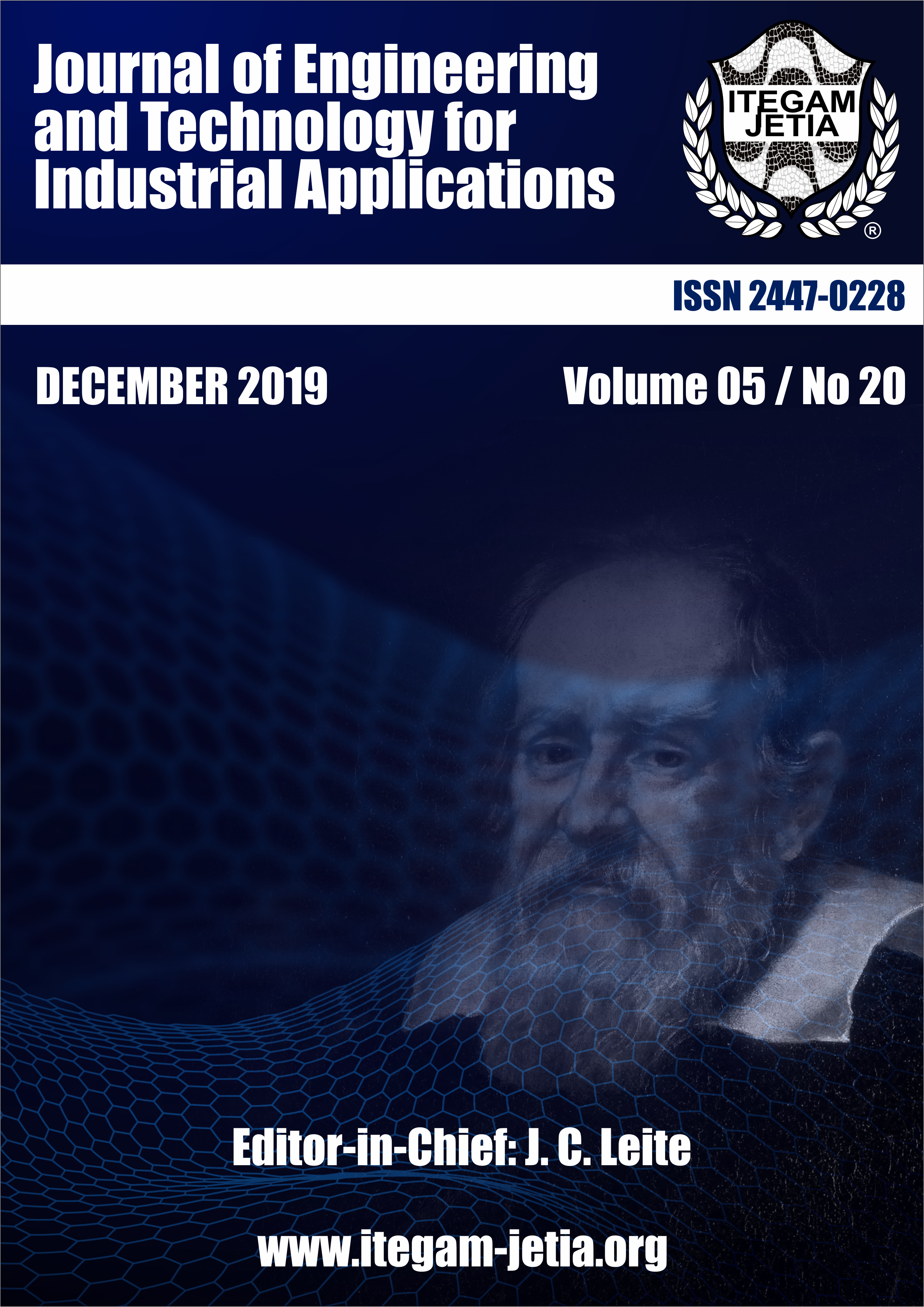ANALYSIS OF HISTORICAL SERIES OF MAMIRAUÁ LAKE LEVEL (PRELIMINARY STUDY)
Abstract
Amazonian floodplains can be defined as areas bathed by white or muddy rivers; Its main feature is the amount of suspended materials that are transported during the flood and drought dynamics of the rivers and lakes in the region. The objective of this work was to analyze the historical water level series of Mamirauá Lake. We used 25 years of data from the lake performed by the Mamirauá Institute Fluviometric Monitoring since 1990. The descriptive statistics technique was used for the maximum, minimum and average quotas of the monitoring years, as it sought to verify the level relationship. of the lake with the occurrence of extreme events that have happened over the years. The results obtained were: the lowest level of the data series, with a value of 21.7 m.a.n.m was recorded in 1995 and the highest in 1999 was 38.6 m.a.n.m., that year the Amazon basin suffered one of the largest floods related to the La Niña phenomenon. Given the results analyzed, the research concluded that the water level of Mamirauá Lake did not change in years of occurrence of extreme events, as was verified in the years of extreme drought (2005 and 2010).
Downloads

This work is licensed under a Creative Commons Attribution 4.0 International License.











